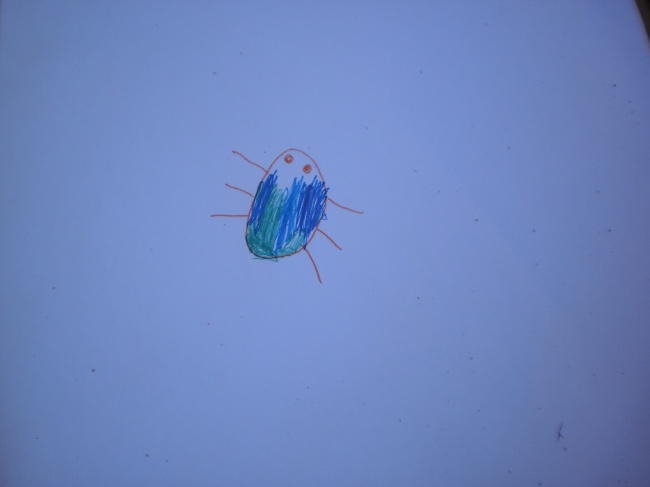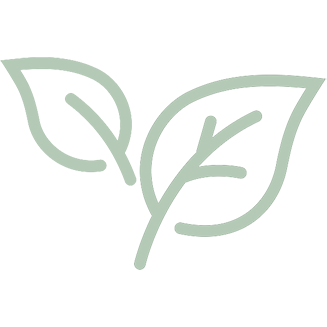The last couple of posts have talked about the typical progressions in children’s mark making. We discussed firstly the power of children recognising that they can make a mark, and then children’s progression into circles, lines and ‘seeing something’ in the drawing. The third major stage of children’s mark making is representation, where children begin to draw things that are recognisable to both themselves and others.
These representations take on a range of different subjects and may be drawn from life, memory, imagination or experience, or some combination of these. The important thing is that children are drawing with the intent of drawing some thing, something that is recognisable to them and to others.

Children will often begin exploring representational drawing by drawing people or faces. This may be because circles resemble faces (developmental theory), or it may be because children want to draw what is most important to them, the people around them (social constructionist theory). Whatever the motivation, children often begin experimenting with the face, the body, the limbs. Typically it starts with a disembodied face, then perhaps arms and legs may be attached to this face. Next children seem to realise that arms aren’t actually directly attached to faces, but to the body, and a second circle or line may appear to represent the body. The important thing to realise in these early stages is that children do not think arms and legs are attached to heads, but that they are breaking the body down into the most important parts in order to more effectively represent them. As children’s skill at drawing increases, they are able to add in more body parts, clothing, hair and other features.
Once representational mark making begins, children may develop an affinity with a particular subject, such as people or houses or animals, or anything else of interest. Children may draw this same subject over and over, seemingly the same picture over and over, with very little variation. What children are doing through this repetition is consolidating this skill; the skill of drawing the recognisable. Drawing the same thing over and over gives children the opportunity to better understand the subject, and to commit the process to both cognitive and muscle memory. This is an important process, they are practicing the many skills involved in drawing; memory, perspective, control, coordination, concentration, imagination. All these skills are essential for children to learn to write.

Finally, it is important to recognise that children may move back and forth between the three typical stages of mark making at any point and for any reason. A four year old scribbling is not generally a sign for concern, more a sign that the child needs to retreat into the familiar and known in order to assimilate some other skill, or that the action of scribbling is meeting another need the child has, or that they simply enjoy the feel and the process of covering the page in these marks. Margaret Brooks (2009) states that what is important about children’s drawing is what is of interest to them, not what we see (p10).
So where we may look and see a scribble, the child may see a treasure map, the flight path of a jet, or the road to Melbourne. Or they may simply be taking pleasure in the act of layering colour.
To read the article by Margaret Brooks (What Vygotsky can teach us about young children drawing) referred to in this post, go here:
http://artinearlychildhood.org/artec/images/article/ARTEC_2009_Research_Journal_1_Article_1.pdf
